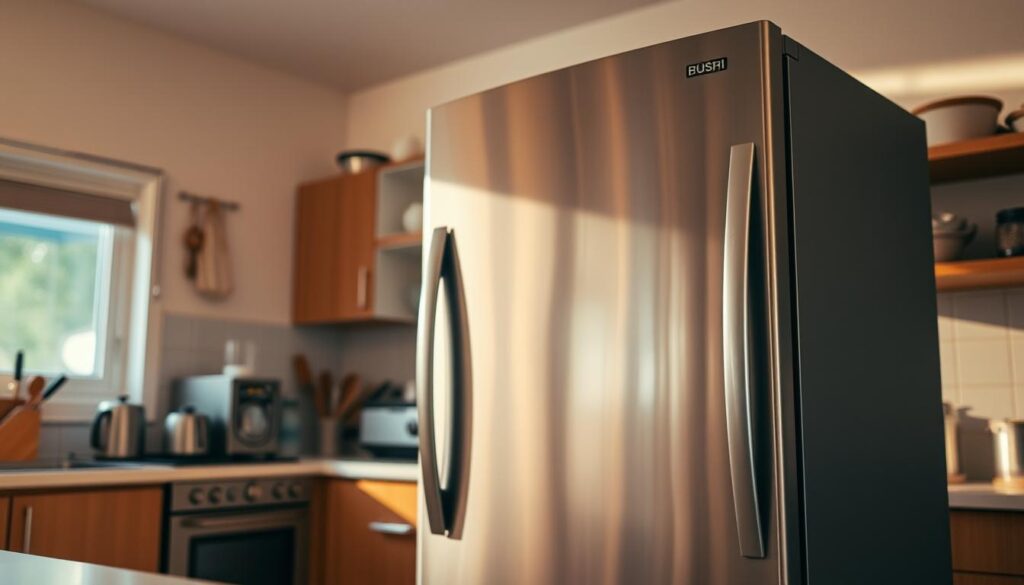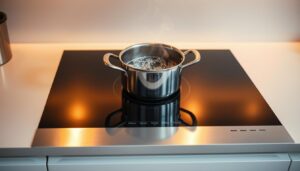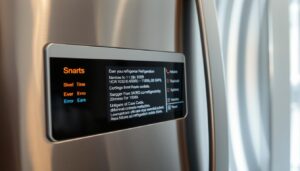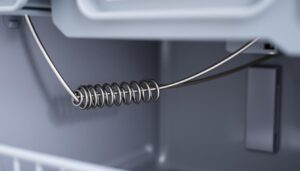Is your fridge making an unusual noise? You’re not alone. Many homeowners face the issue of a noisy refrigerator, and it’s not just about the annoyance. Unusual noises can signal potential problems with your appliance.
A properly functioning refrigerator typically makes a soft hum. However, different noises can indicate various issues. Diagnosing these noises is crucial to prevent more serious appliance failures and costly repairs.
By understanding the common causes of a noisy fridge and learning how to identify the source of the noise, you can take steps to fix the issue. This guide will walk you through the process, helping you to determine whether you can resolve the problem yourself or if you need professional assistance.
Key Takeaways
- Understand the common causes of a noisy fridge.
- Learn how to diagnose different refrigerator noises.
- Identify when to attempt a DIY fix and when to seek professional help.
- Discover simple fixes for common refrigerator issues.
- Prevent more serious appliance failures and costly repairs.
Why Your Refrigerator Makes Noise
Your refrigerator is likely to make some noise, but what does it mean when the sound is unusual? Refrigerators are complex appliances with multiple components that can generate various sounds during operation.
Normal vs. Abnormal Refrigerator Sounds
Normal refrigerator sounds include a soft humming noise, typically produced by the compressor, and occasional clicking when the defrost cycle activates. As your fridge adjusts to cold temperatures, the plastic may expand and contract, causing creaking or humming noises that are generally normal, especially in new refrigerators. However, abnormal sounds such as loud buzzing, rattling, or grinding noises can indicate potential problems.
The Importance of Addressing Unusual Noises Quickly
Addressing unusual noises quickly is crucial to prevent more serious damage, extend the life of your appliance, and avoid food spoilage. Ignoring these noises can lead to complete system failure, higher energy bills, and more expensive repairs. By understanding the causes of different refrigerator sounds, you can identify potential issues early on and take corrective action to ensure your fridge continues to operate efficiently.
Safety Precautions Before Troubleshooting
Before you start troubleshooting your noisy refrigerator, it’s crucial to take necessary safety precautions. Ensuring your safety is vital when dealing with electrical appliances.
Disconnecting Power Before Repairs
To avoid electrocution, unplug your refrigerator before beginning any inspection or repair work. Make sure the appliance is completely powered down. This simple step can significantly reduce the risk of electrical shock.
Tools You’ll Need for Diagnosis and Repair
To diagnose and repair your refrigerator effectively, you’ll need a few essential tools. These include a multimeter for checking electrical issues, screwdrivers and pliers for accessing components, and a high-quality lubricant for maintaining moving parts. Additionally, you may need cleaning supplies and potentially replacement parts depending on the issue.
- Multimeter for electrical checks
- Screwdrivers and pliers for component access
- High-quality lubricant for maintenance
- Cleaning supplies for removing dust and debris
- Replacement parts as needed
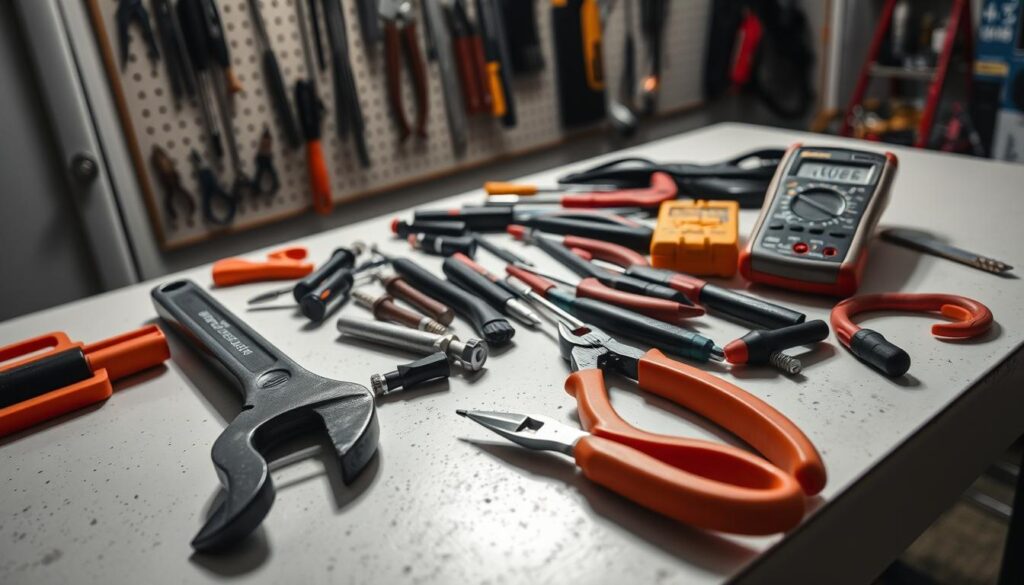
Identifying the Source of Refrigerator Noise
Identifying the source of refrigerator noise is crucial for effective troubleshooting. To do this, you need to listen carefully to determine where the noise is coming from.
Step 1: Listen Carefully to Locate the Noise
Start by listening to your fridge to identify the location of the noise. Noises can emanate from the back, bottom, or inside of the refrigerator. Carefully determining the source will help you narrow down the potential causes. Use a systematic approach to listen to different areas of the appliance.
Step 2: Match Noise Location to Potential Causes
Once you’ve located the noise, you can start to identify potential causes. Noises from the bottom often indicate a loose drain pan. Sounds from the back could be related to the defrost timer, condenser fan, or compressor. Noises from inside are typically associated with the evaporator fan. Understanding these correlations is key to diagnosing the issue.
| Noise Location | Potential Cause |
|---|---|
| Bottom | Loose drain pan |
| Back | Defrost timer, condenser fan, or compressor |
| Inside | Evaporator fan |
Troubleshooting a Noisy Refrigerator Compressor
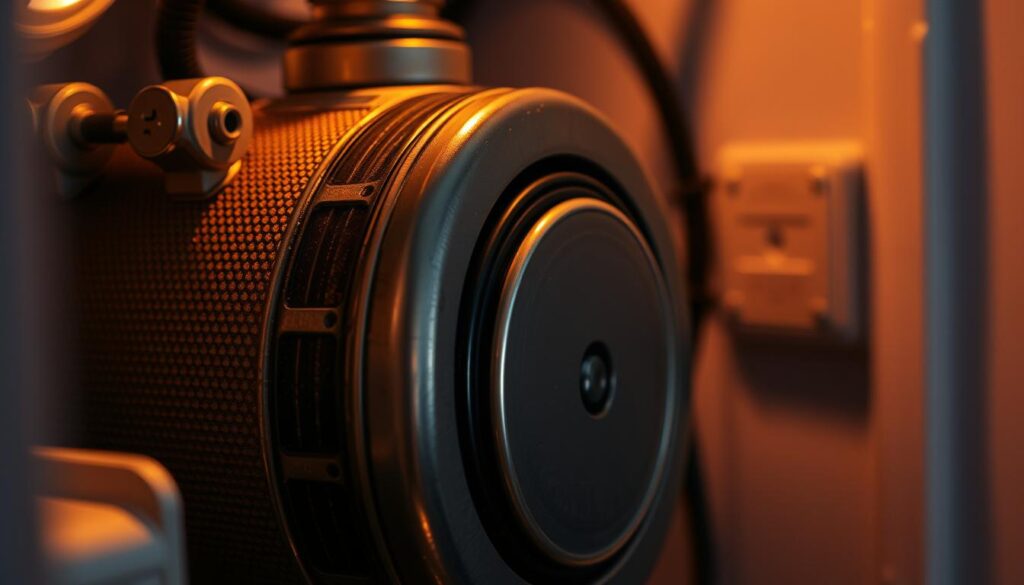
The compressor is a vital component of your refrigerator, and any unusual noise from it can indicate a problem. A loud buzzing sound often signifies compressor issues.
Signs of Compressor Problems
Signs include loud buzzing, knocking, or clicking noises. If your refrigerator is making such sounds, it may be due to compressor problems.
How to Test and Clean the Compressor Area
To test, unplug the condenser fan motor, then plug the refrigerator back in. If the noise continues, the compressor may be the issue. Cleaning the compressor area and checking for loose components can also help.
When to Call a Professional for Compressor Issues
If the compressor is faulty, it may cause the refrigerator to work harder. In such cases, it’s advisable to call a professional to fix the noisy refrigerator, as compressor repairs can be complex.
Fixing Condenser Fan Noise Issues
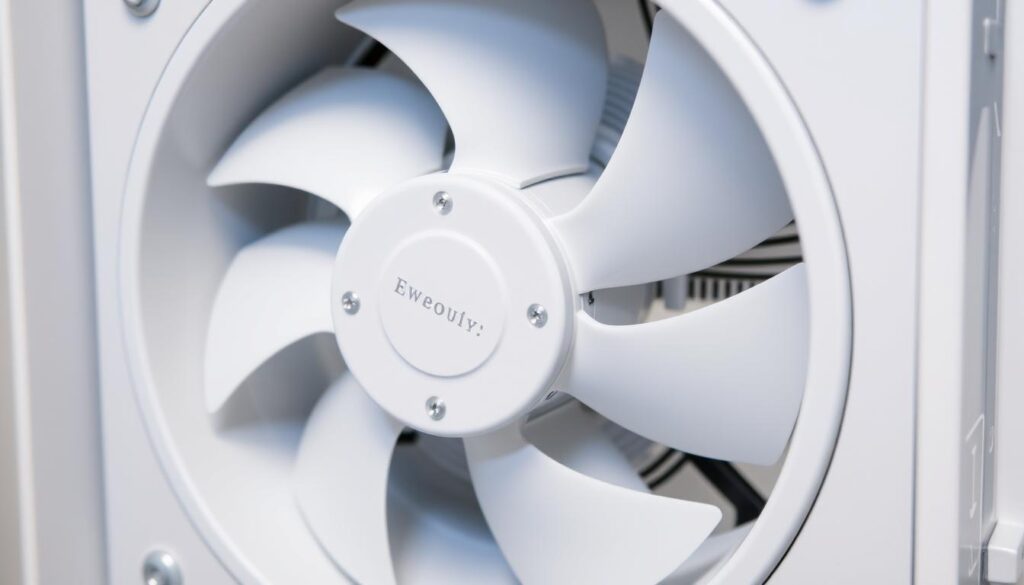
If your refrigerator’s condenser fan is making unusual noises, it’s time to investigate and potentially repair it. The condenser fan is a critical component that helps to dissipate heat from the refrigerator coils.
Locating and Accessing the Condenser Fan
The condenser fan is typically located at the back or bottom of the refrigerator, behind an access panel. To access it, you’ll need to unplug the refrigerator and remove the panel, usually by unscrewing it.
Cleaning Dust and Debris from Fan and Coils
Use a soft brush to gently clean dust and debris from the condenser fan and surrounding coils. This simple maintenance task can significantly reduce noise and improve efficiency.
Inspecting and Replacing Damaged Fan Components
Inspect the fan blades, motor, and mounting hardware for signs of wear or damage. If you find any damaged components, consider replacing them. Regular cleaning and inspection can prevent noise issues and prolong the lifespan of your refrigerator.
By following these steps, you can effectively diagnose and fix condenser fan noise issues, ensuring your refrigerator operates smoothly and quietly.
Resolving Evaporator Fan Problems

Identifying and fixing evaporator fan issues is essential for maintaining your refrigerator’s performance. The evaporator fan is located at the back of the freezer section and can be accessed behind a panel.
How to Identify Evaporator Fan Noise
To check if the evaporator fan is causing the noise, press the freezer light switch. If the fan is the culprit, the noise will get louder. This simple test helps you diagnose the issue.
Accessing and Inspecting the Evaporator Fan
With the fridge unplugged, remove the panel to access the fan. Inspect the fan blades, motor, and mounting hardware for damage or obstructions. Check for signs of wear and tear on wires and grommets.
Repairing or Replacing the Evaporator Fan
If the fan is faulty, you may need to clean or replace it. Spin the fan blade manually to check for smooth operation. If necessary, lubricate or replace the fan motor to resolve the issue.
Addressing Drain Pan and Water Line Noises
Noise from your refrigerator can be due to various reasons, including issues with the drain pan or water lines. Identifying the source is crucial to resolving the problem.
Securing a Loose Drain Pan
A loose drain pan can cause rattling noises from the bottom of the refrigerator. To fix this, you need to secure the pan back in place. Check the existing hardware and tighten any loose screws. This simple fix can restore peace and quiet to your kitchen.
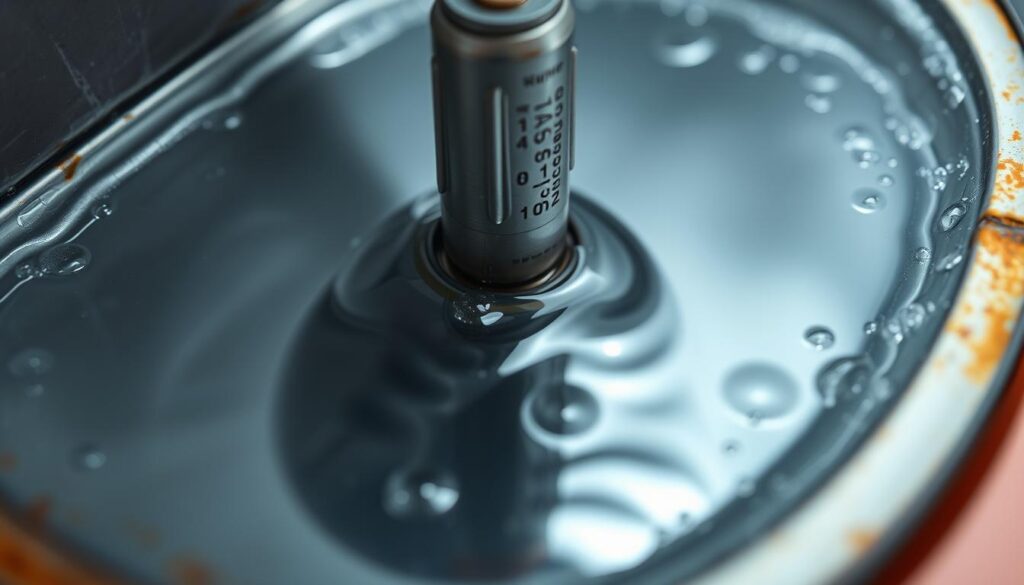
Troubleshooting Ice Maker and Water Line Issues
For refrigerators with built-in water and ice dispensers, loud noise could be the ice maker unsuccessfully attempting to fill with water. Try pouring a glass of water from the fridge; if it doesn’t work, the ice maker is likely the source of the problem. Check the water supply and inspect the water lines for any issues.
Fixing Defrost Timer and Temperature-Related Noises
If your refrigerator is making strange noises, checking the defrost timer and temperature settings is a good place to start. Issues with these components can lead to unusual sounds.
Recognising Defrost Timer Problems
A faulty defrost timer can cause a ticking or scraping noise. Check for frost buildup in the refrigerator and freezer compartments, as this is a sign of a failing timer. If the noise occurs once or twice a day for about an hour, it may indicate that the defrost timer needs replacing.
Adjusting Temperature Settings to Reduce Noise
Keeping your fridge at around 4.4°C (40°F) can help prevent excessive ice formation. If the temperature is too cold, ice can form inside mechanisms, causing the refrigerator to work harder and produce a loud humming noise. Adjusting the temperature settings can help mitigate these issues.
Conclusion
Understanding the causes of refrigerator noise is key to fixing the issue. By following a step-by-step guide, you can identify and fix problems causing your fridge to be noisy. The main causes of noise include compressor issues, fan problems, and loose components.
To repair your appliance, start by identifying the source of the noise. Regular maintenance can help prevent noise issues from developing. When troubleshooting, remember to take safety precautions to avoid injury.
For complex issues, consider hiring a professional repair service. By addressing noise issues promptly, you can improve energy efficiency and reduce electricity costs. Most common noisy refrigerator problems can be resolved with the techniques covered in this article. By applying your new knowledge, you can keep your refrigerator running quietly and efficiently, ensuring your food stays fresh and your home remains peaceful.
